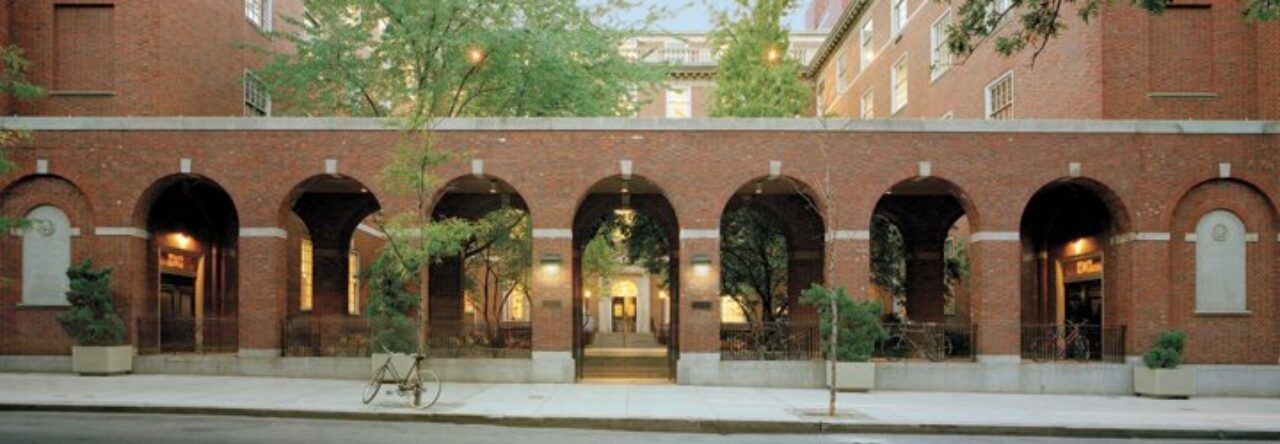by Matthew Uvas*
Certain classes of speech are deemed to be so dangerous that they fall outside of the protections of the First Amendment. Regulation of one such class, incitement, seeks to prevent speech which would encourage lawless and violent action. The modern test for whether speech qualifies as incitement hinges upon whether the speech is likely to produce imminent lawless action. However, when hateful or violent speech is spread online, there may be a delay from when a post is made to when someone sees it and responds violently. Therefore, in these cases, imminence may not be an appropriate measure for identifying incitement language online. This Contribution argues that history, case law, and other First Amendment jurisprudence suggests shifting focus to context rather than imminence when regulating online incitement.
